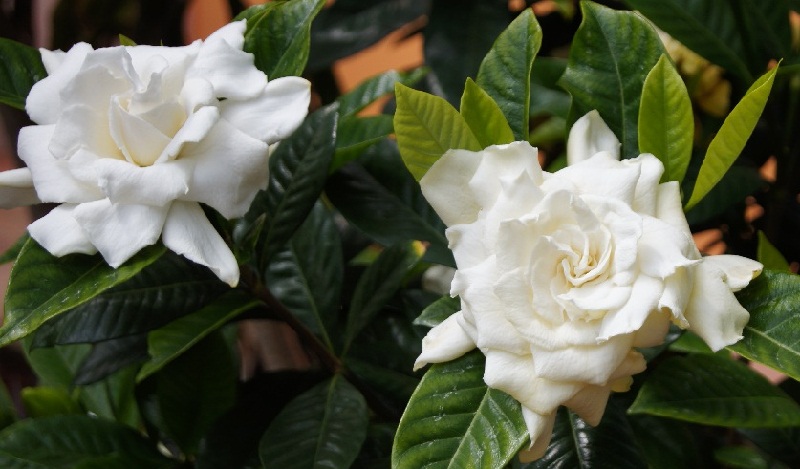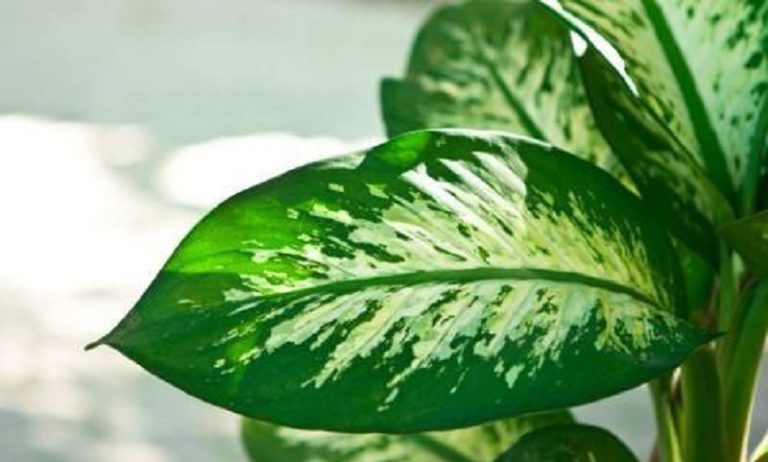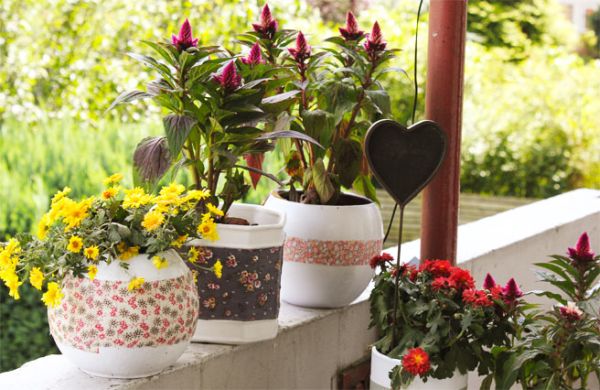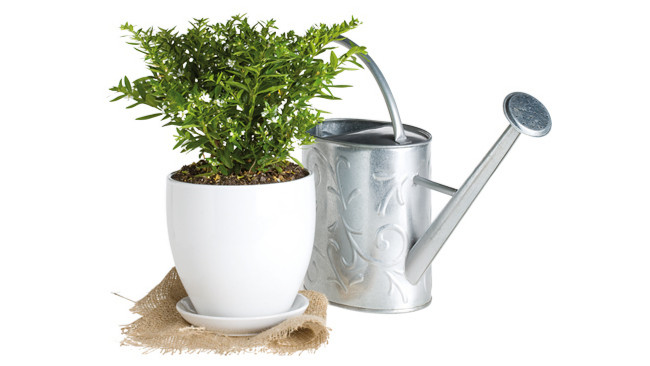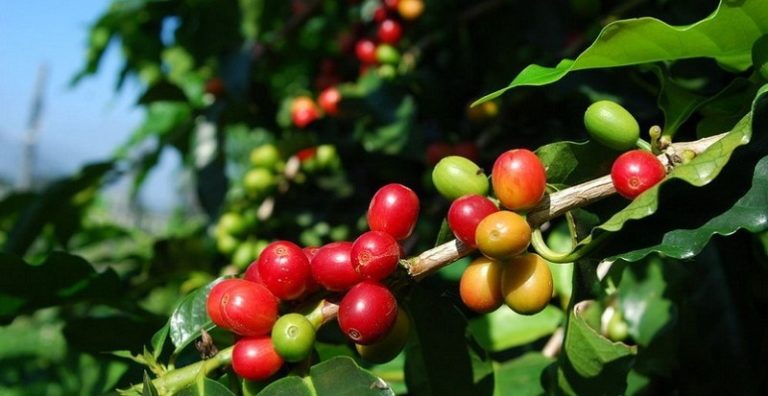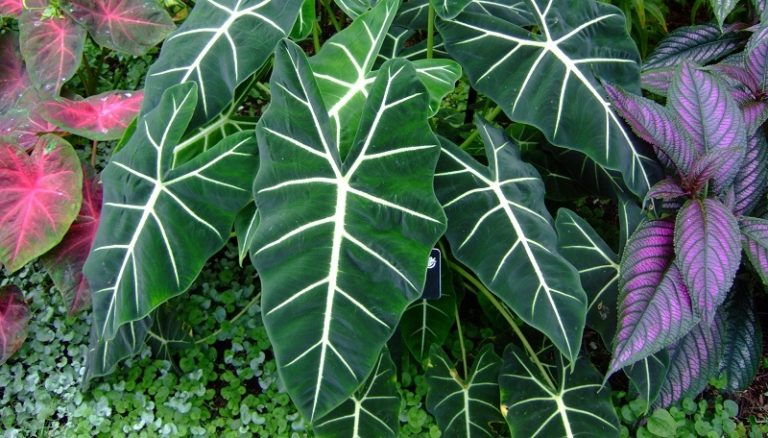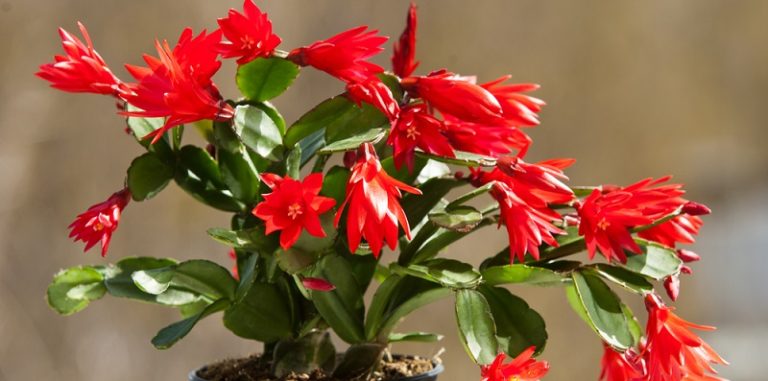Gardenia – care and reproduction
Gardenia(gardenia) is a perennial bushy plant that blooms with beautiful flowers with a pleasant aroma. The smell of gardenia is reminiscent of jasmine – hence the name jasmine gardenia. Gardenia belongs to the madder family. In its natural environment, a gardenia bush can grow up to 2 meters. The leaves are oval, bright green, shiny with pointed ends. Flowers in indoor species of gardenia (jasmine) are predominantly white, up to 7 cm in diameter, and in nature the diameter of the flower can reach more than 10 cm, the flower has matte petals.
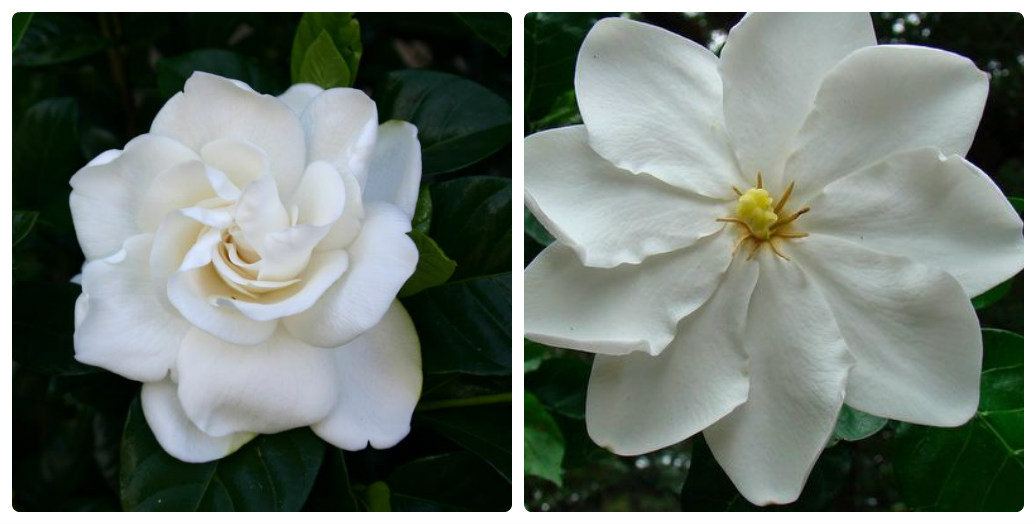
Depending on the species, flowers in gardenia can be double, semi-double and non-double. In its natural environment, gardenia can be found in Japan and China, where it grows as a shrub.
How to care for a gardenia?
Gardenia is considered a capricious plant, it requires constant care. It needs constant humidity and bright light. Subject to the care requirements listed below, this delicate flower will delight your eye with its abundant bloom and give a delicate aroma of jasmine.
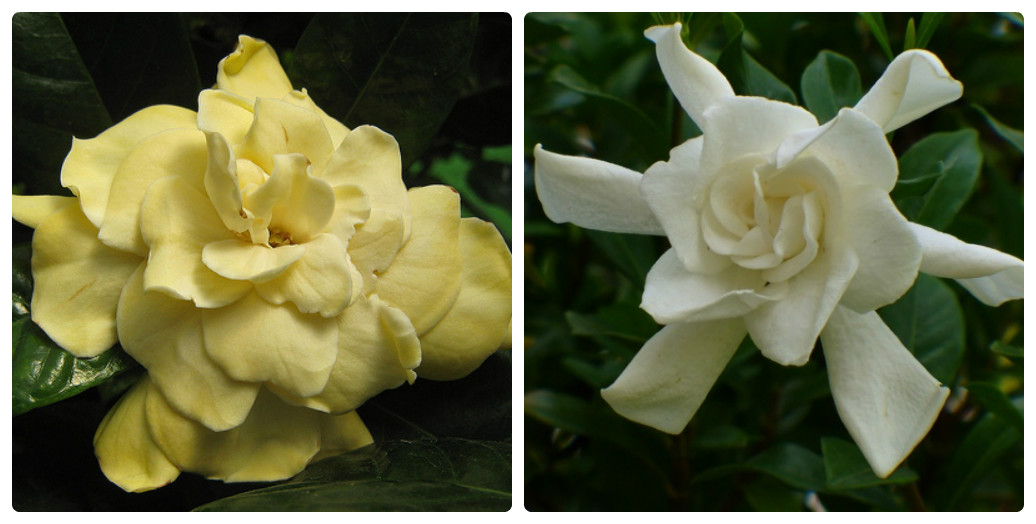
Light brightness for gardenia
The light for gardenia should be bright but diffused all year round. The best place to place gardenia is the west or east windows of the house. Southern windows may also work, but the plant needs shading from 11-00 to 17-00. To protect from direct sunlight, you can use a light cloth or paper. If you want to grow gardenias on the north window, then the plant needs to create additional lighting. When growing gardenia outdoors, you need to provide protection from bright direct sunlight, from all precipitation and drafts. It is best to grow gardenia in shady places. In winter, gardenia does not have enough daylight, so it needs to be illuminated with lamps. If there is not enough light, the buds begin to dry and fall off, and the plant itself may die. Gardenia is very sensitive to any change in lighting, especially during the budding period, it does not need to be rotated and rearranged to another place.

Air tamperation for gardenia
Gardenia flower is thermophilic, for growth and for flowering, it is necessary to observe the temperature regime. In spring-summer, the air temperature should be +22-+25° C, and in the autumn-winter period – +18°C. Gardenia flower buds are laid precisely at a daytime temperature of 18°C, and at night it should be 16°C. In winter, at temperatures above 22°C, gardenia begins to grow shoots, not flower buds. Gardenia does not tolerate drafts and hypothermia of the roots. At temperatures below 16-18 ° C in winter, gardenia’s roots can hypothermia and rot.
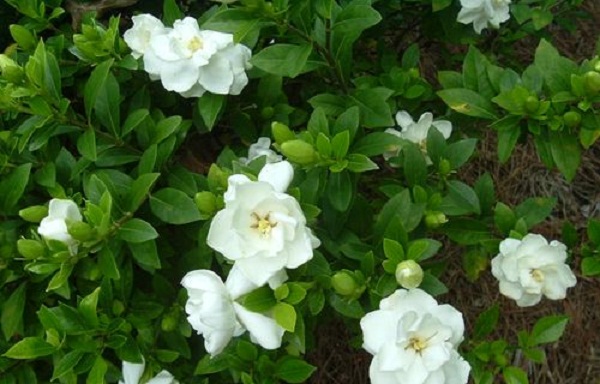
How to water gardenia
During the period of active growth (spring-summer), gardenia needs abundant watering, as the topsoil dries up. In autumn and winter, watering should be moderate (3-4 days after drying out from the topsoil). In winter, watering should be reduced to a minimum – 1 time in 7 days. Before flowering, for 3-4 months (in March-April), gardenia must be moderately watered for two months in order for the buds to begin to develop properly,gardenia cannot be overdried or overflowed.
Water for irrigation should be settled, but warmer than the air temperature in the room. Gardenia needs acidic soil and acidic water (add 5 drops of lemon juice to 1 liter).With improper watering, gardenia leaves begin to turn yellow, and new leaves become smaller.
Air humidity for gardenia
The air humidity for gardenia should be high, especially during budding. How to increase air humidity? Before bud break, the plant needs to be sprayed 2 times a day. Gardenia flowers are very delicate, when water gets on them, brown spots immediately appear, that is, we spray only the leaves. Use warm, soft water for spraying.
See also:ORCHIDS – ORCHID CARE
Fertilizer for gardenia
For top dressing, you need to use fertilizers that increase the acidity of the soil, you can use fertilizers for azaleas. For an adult plant, fertilizers (without calcium) are applied weekly throughout the growing season, except for the winter months. It is better to use liquid mineral fertilizers.

Pruning gardenia
Indoor gardenia needs annual pruning after flowering. It is necessary to cut to 1/2 or 2/3 of the length of the shoot (on which there were flowers). It is necessary to remove all pedicels with wilted flowers, diseased or weak shoots and yellowed or dry leaves. As the plant grows, it is pinched, adjusting the height of the plant, and this procedure also affects the growth of new shoots. Shoots (cuttings) that have been cut can be used for propagation.
How to transplant a gardenia? Soil for gardenia
If gardenia needs a transplant , then the best period for this will be spring, or immediately after flowering. Young plants need to be transplanted once a year, and adults – after 2-3 years and at the same time cut off part of the roots. The roots must be cleaned of the ground, and cut off(stimulates the growth of new roots), pour drainage at the bottom of the pot and plant gardenia in a light, nutritious, acidic soil mixture, a substrate for azaleas is suitable. And you can prepare the soil mixture with your own hands: in equal parts coniferous , sod, peat soil with the addition of sand. Instead of sand, you can use perlite or vermiculite (3 parts). To achieve the required acidity, the soil must be spilled with a solution of citric acid.
Gardenia propagation
Хвороби виникають при неправильному догляді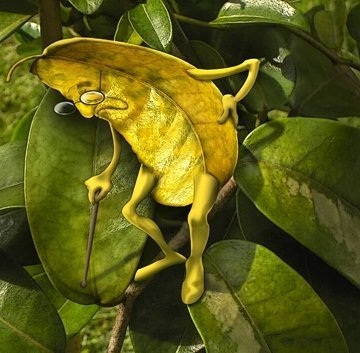
The leaves turn yellow, gardenia does not bloom – a sharp change in temperature, improper soil, direct sunlight.
The new leaves are smaller and turn yellow – too little acidity, water the plant with acidified water.
Розмножується гарденія живцями і насінням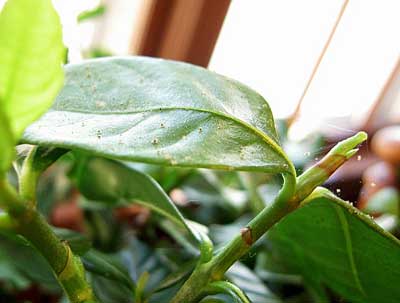
Pests and diseases
Of the gardenia pests, scale insects and spider mites are most often affected.
Хвороби виникають при неправильному догляді
The leaves turn yellow, gardenia does not bloom – a sharp change in temperature, improper soil, direct sunlight.
The new leaves are smaller and turn yellow – too little acidity, water the plant with acidified water.

